On October 10, China released a White Paper on the Belt and Road Initiative (BRI). The document comes at a crucial time – the 10th anniversary of the initiative’s launch by Chinese President Xi Jinping (2013-2023) and ahead of the third Belt and Road Forum (BRF).
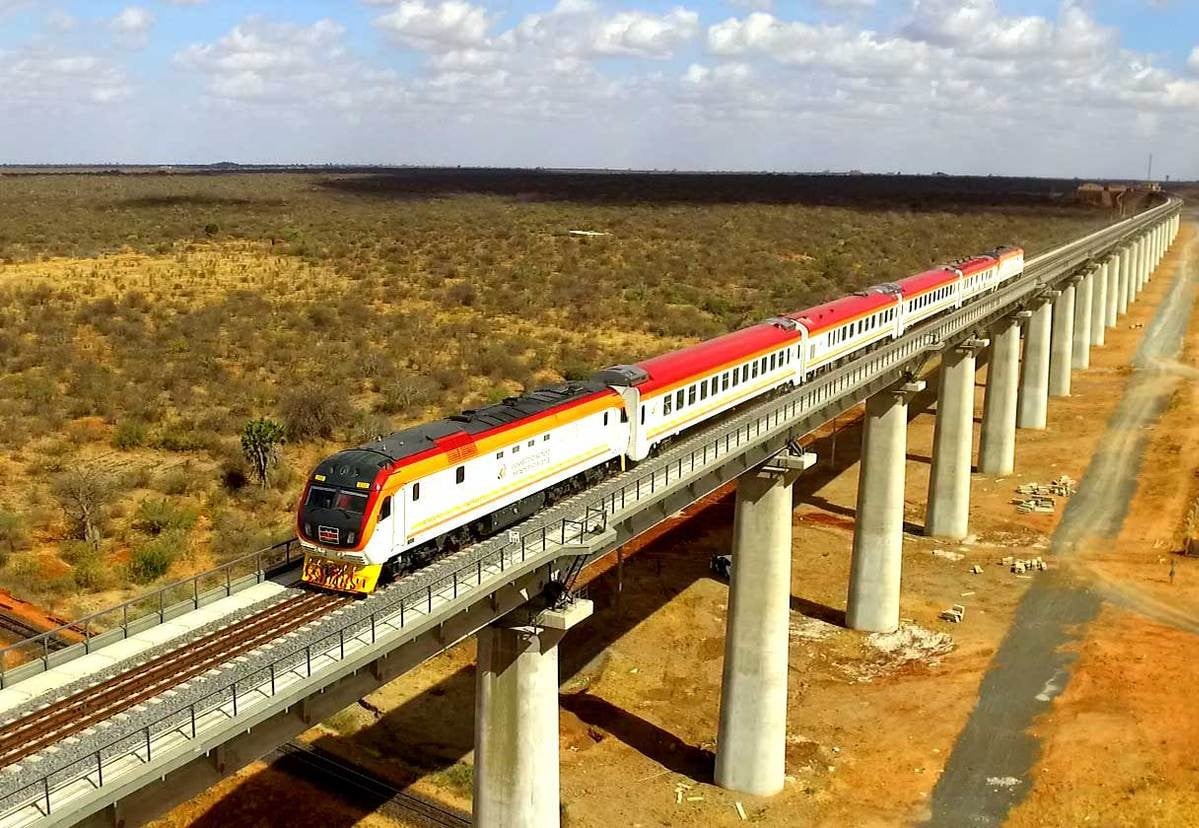 |
| A section of the Mombasa-Nairobi standard gauge railway. (Source: China Daily) |
Turning vision into reality
According to the White Paper, over the past 10 years, the joint construction of the BRI has achieved remarkable results, "opening up new space for world economic growth, building a new foundation for international trade and investment", improving the development capacity and living standards of people in relevant countries, opening up new practices for perfecting the global governance system, and bringing more certainty and stability to a world of intertwined fluctuations.
“The development momentum of the BRI has opened an unprecedented chapter in global growth, pointing the way to global connectivity, peace and prosperity. Many initiatives proposed by China have become major international cooperation platforms in the world, with the widest coverage in the past 10 years.
“Jointly building the BRI focuses on resolving existing problems and bottlenecks that limit development, creating new economic development momentum for countries, creating a new development environment and space, enhancing development capacity and reviving development confidence, improving the livelihoods and welfare of people in participating countries, contributing to solving the problem of unbalanced development globally and promoting countries towards modernization together,” the White Paper stated.
Further information on the achievements of BRI, according to the White Paper, President Xi Jinping's “project of the century” has promoted comprehensive connectivity across many areas, including policy coordination, infrastructure connectivity, unimpeded trade, financial integration and closer people-to-people ties.
To date, more than 150 countries and more than 30 international organizations have participated in the BRI. During the period of 2013-2022, the total import and export volume between China and the countries cooperating in the BRI construction reached 19.1 trillion USD, with an average annual growth rate of 6.4%.
Two-way investment between China and participating countries has exceeded 380 billion USD, of which China's foreign direct investment is more than 240 billion USD.
Maya Majueran, Director of the Belt and Road Initiative Sri Lanka (BRISL), a Sri Lanka-based organization specializing in BRI cooperation, commented: "Since the initiative was launched, the building of a community of shared destiny has moved from idea to action, vision to reality.
Nations, especially those of the Global South, want the future of humanity to be in the hands of all nations, international rules to be written by all, and the benefits of development to be shared by all.”
More open and inclusive
Highlighting some of the flagship BRI projects, Chinese Vice Minister of Commerce Guo Tingting informed that the China-Laos railway, the Jakarta-Bundung high-speed railway or the Mombasa-Nairobi standard gauge railway are part of the overall transport network being built under the BRI.
In the coming time, Ms. Guo Tingting said that China will continue to strengthen the connection of development strategies and market demand with countries cooperating in building the BRI, arousing the positivity of parties participating in building initiatives according to the principle of "enterprises as the main subject, operating according to the market, government leading and following international rules", improving the level of cooperation in areas such as trade and investment, promoting poverty reduction, creating more jobs and improving people's livelihoods.
In the future, Liang Haiming, director of the Belt and Road Research Institute at Hainan University, sees China continuing to promote the BRI as a master plan and a top-level design for opening up and mutually beneficial international cooperation. That means the world's second-largest economy will help more developing countries accelerate regional integration and participate in the global supply chain, so as to share the benefits of global economic growth.
Mr. Luong Hai Minh believes that in the context of the international economy, this model is also suitable for the development needs of countries and regions at different stages of growth. He affirmed that the past 10 years only marked the beginning of BRI cooperation. The future will be even brighter in the next decade.
According to the White Paper, continuing from this 10-year starting point, the BRI will demonstrate greater creativity and vitality, become more open and inclusive, and at the same time, create new opportunities for both China and the rest of the world.
“In the future, the BRI will face new difficulties. But as long as all parties involved join forces, work together and persevere, we will be able to overcome these problems, elevate in-depth consultation, joint contributions and common benefits to a new level. From there, cooperation will flourish and the BRI can move towards an even brighter future,” the white paper concluded.
Still having challenges?
However, according to the Lianying Morning newspaper, in recent years, China has continued to face suspicions that the BRI has led African countries into a “debt trap.” A report on “China and Development Initiatives” by Boston University published in September showed that in the past two years, China’s lending to Africa has dropped to its lowest level in nearly 20 years.
Responding to a press conference on October 10 about China's loans to Africa, Song Liang, Vice Director of the National Development and Reform Commission, said that China will work with relevant countries to continuously improve its long-term, stable, sustainable and risk-controllable investment and financial system, actively innovate investment and financing models, expand investment and financing channels, and establish a stable, transparent and high-quality investment and financial system.
Meanwhile, many experts also note that the BRI is believed to be linked to climate change. Although China has pledged to stop building coal-fired power plants abroad by 2021, investment in non-renewable energy accounts for nearly half of total BRI spending.
| The third Belt and Road Forum (BRF) will be held in Beijing, China on September 17-18 under the theme of “High-quality Belt and Road Cooperation: For Common Development and Prosperity”. Chinese President Xi Jinping will attend the opening ceremony and deliver a keynote speech, and will also host a welcome banquet and bilateral activities with the participants. |
Source


![[Photo] Closing of the 11th Conference of the 13th Central Committee of the Communist Party of Vietnam](https://vstatic.vietnam.vn/vietnam/resource/IMAGE/2025/4/12/114b57fe6e9b4814a5ddfacf6dfe5b7f)
![[Photo] Overcoming all difficulties, speeding up construction progress of Hoa Binh Hydropower Plant Expansion Project](https://vstatic.vietnam.vn/vietnam/resource/IMAGE/2025/4/12/bff04b551e98484c84d74c8faa3526e0)





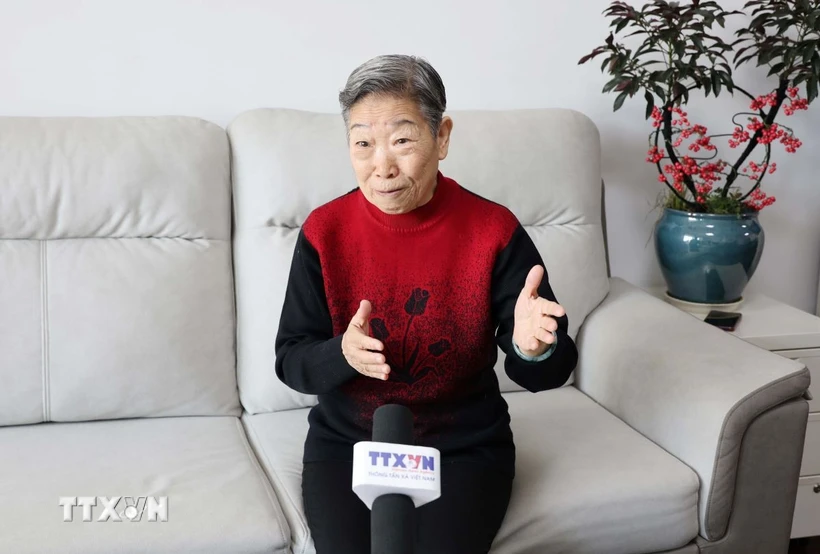

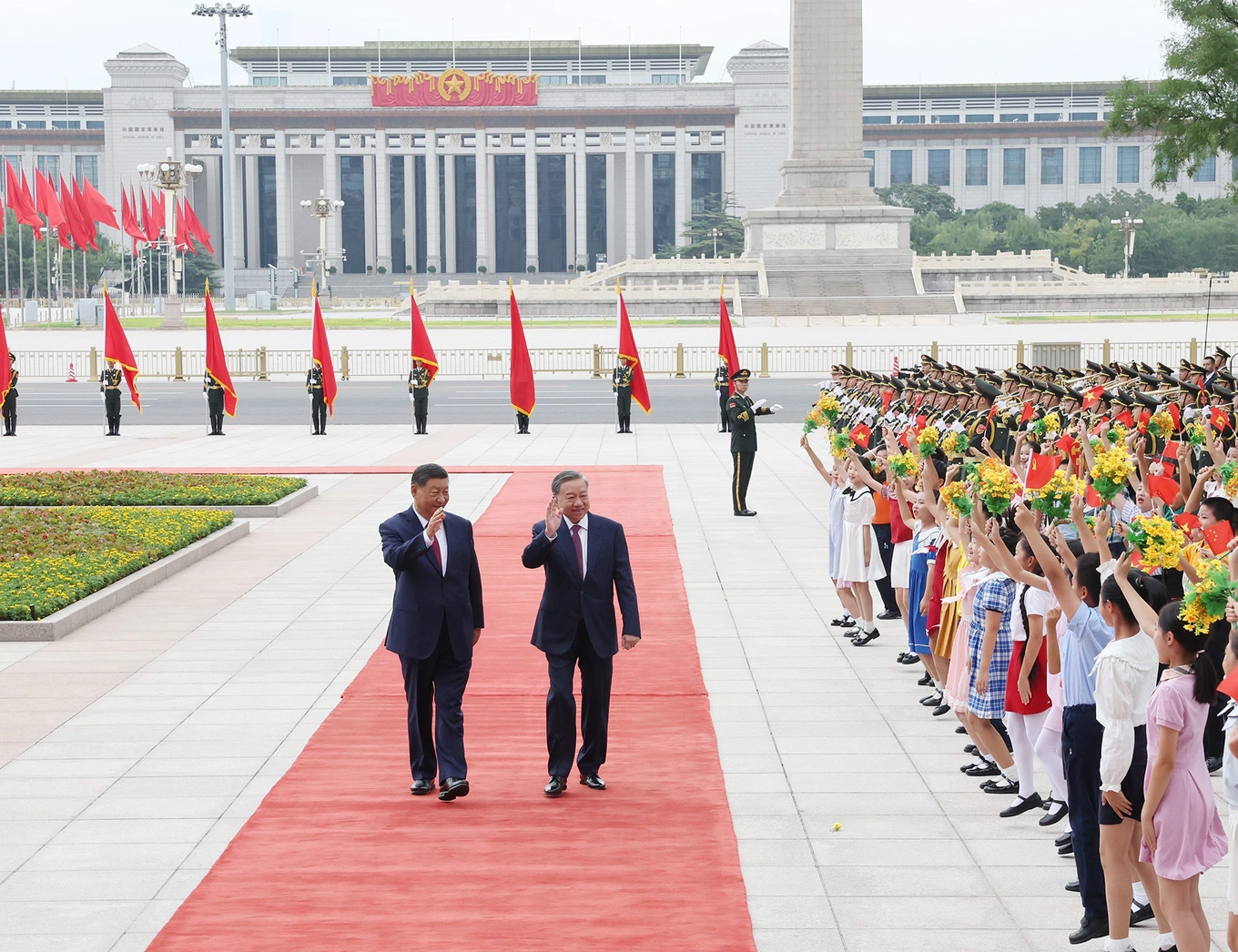

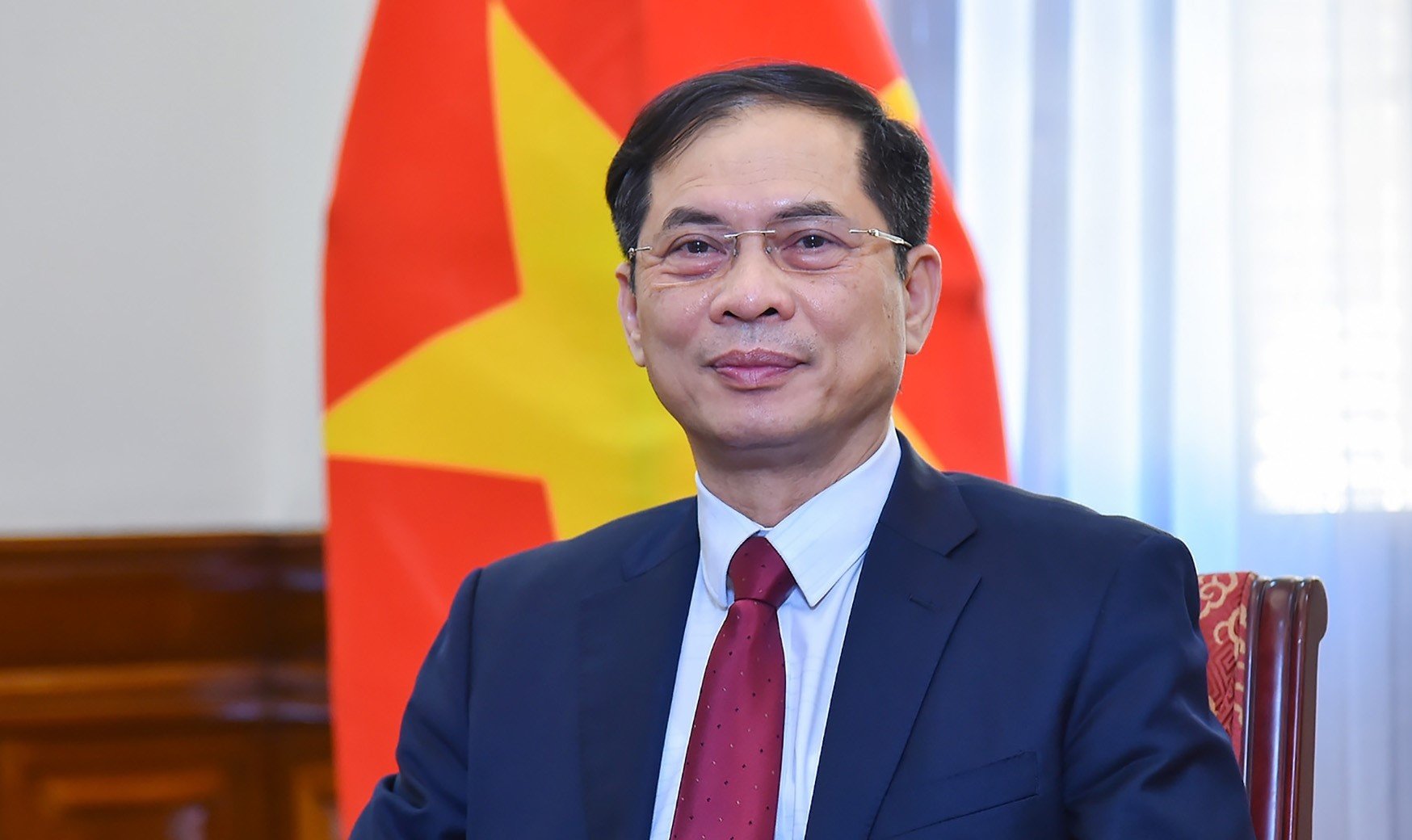




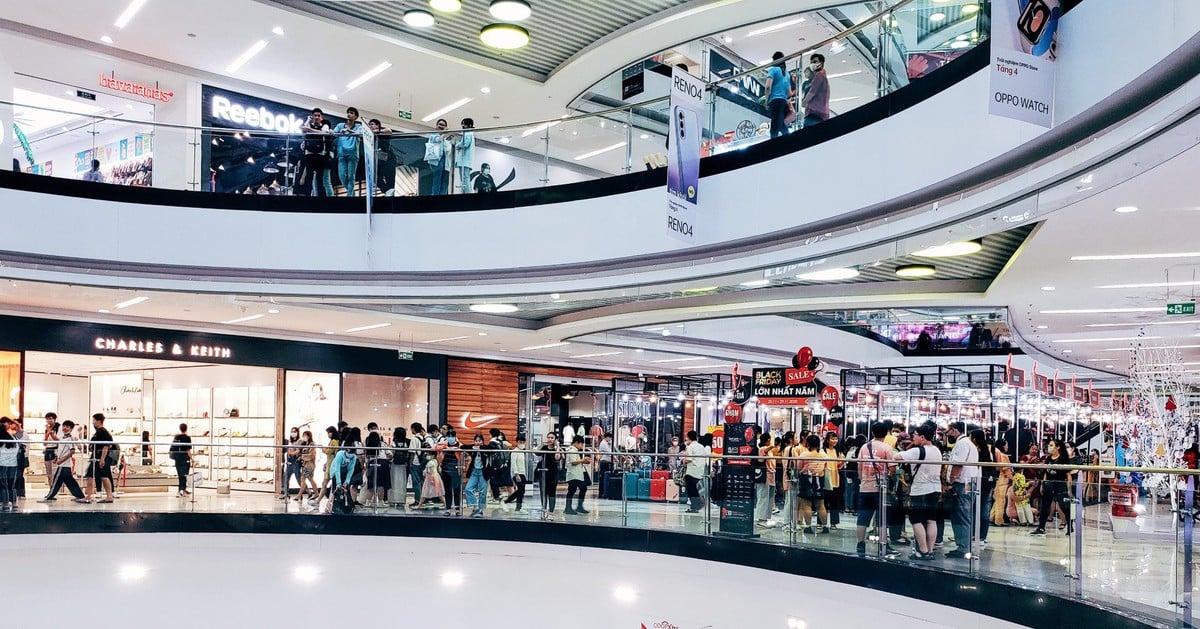
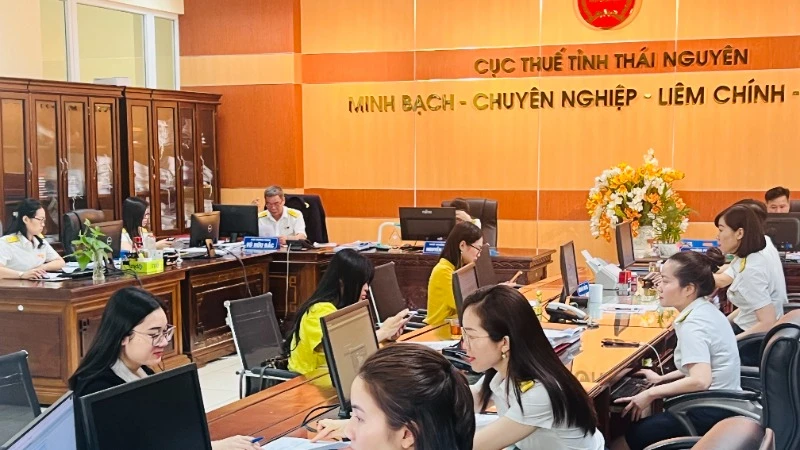
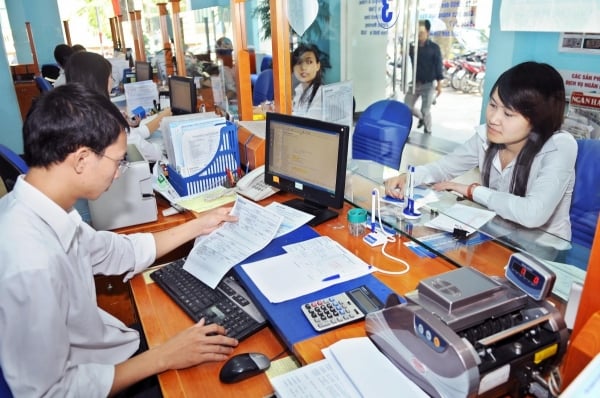


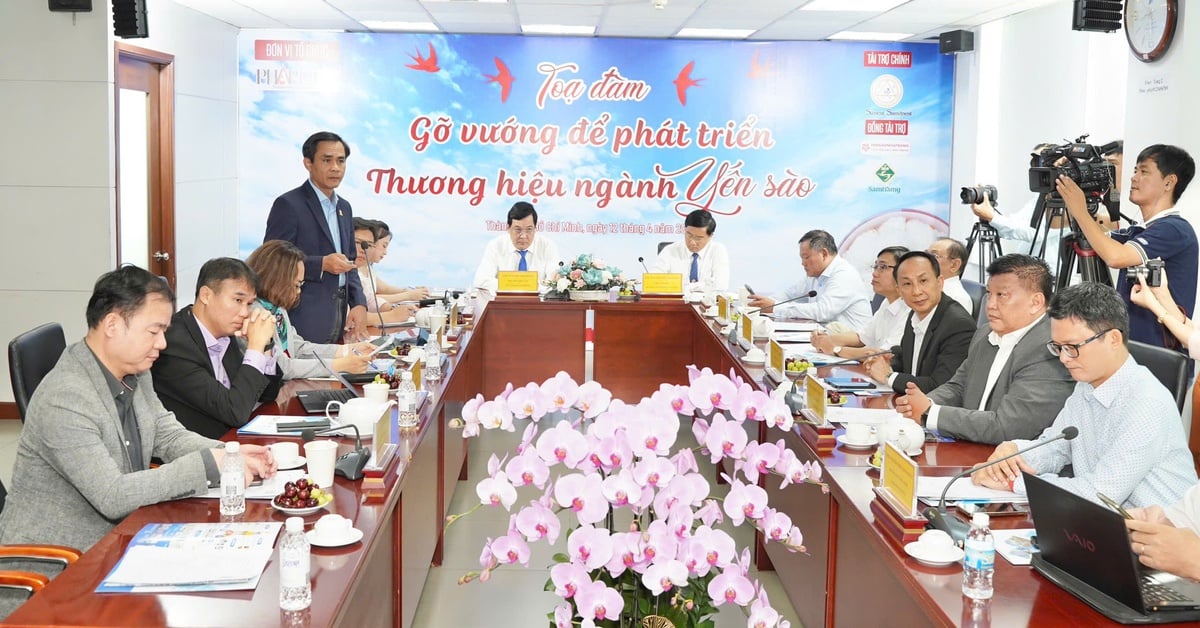



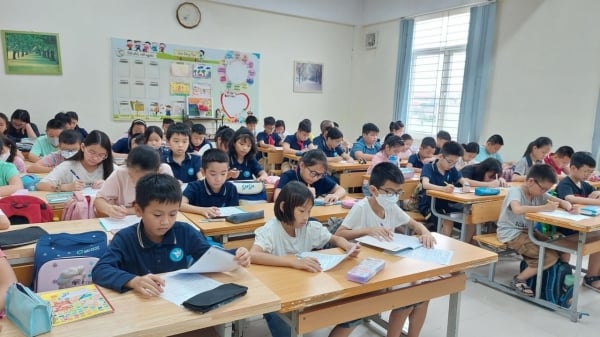
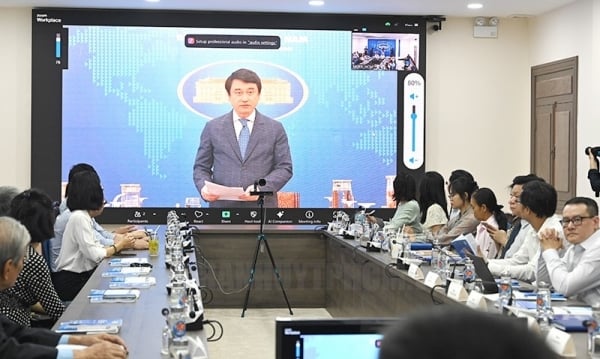

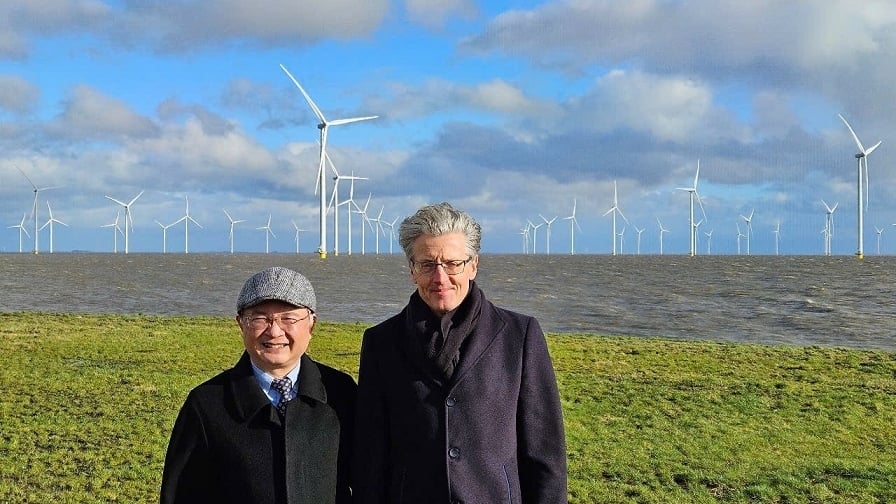

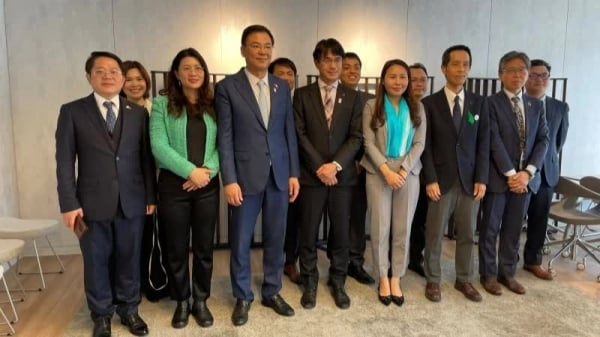










































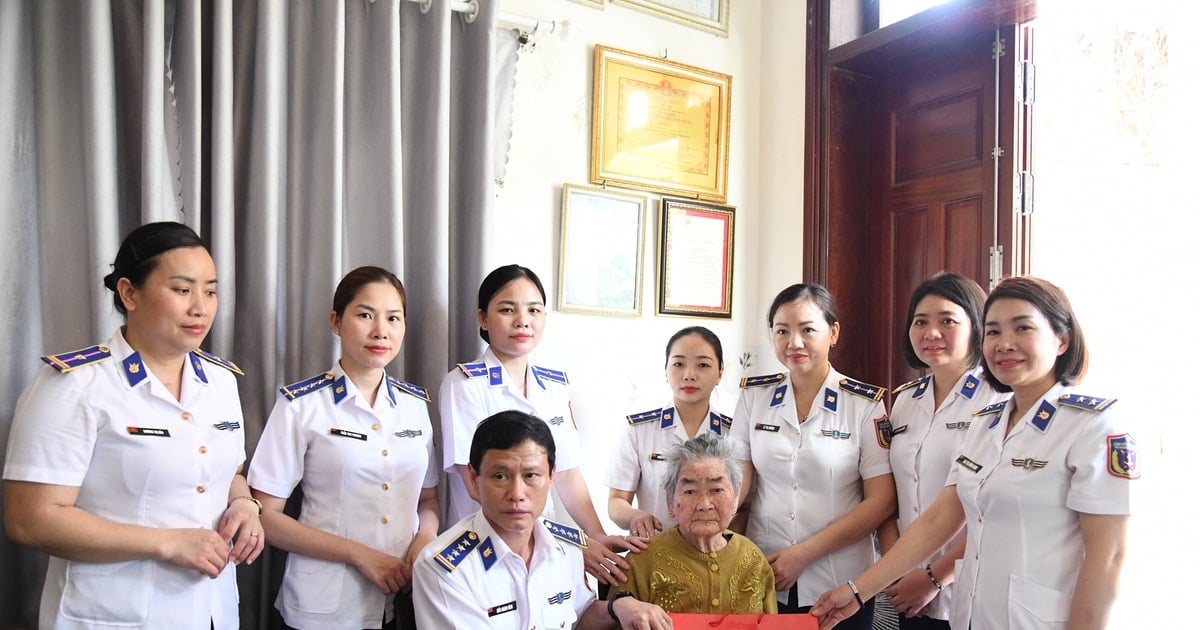


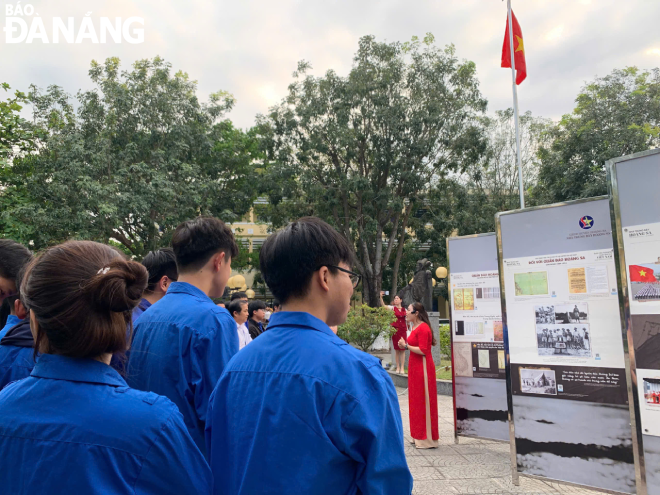

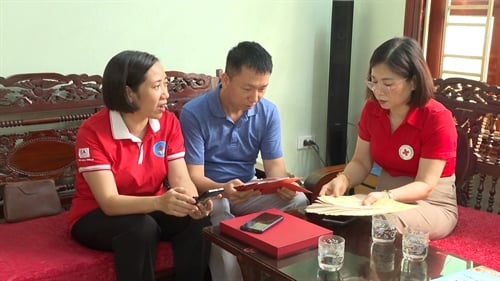














Comment (0)